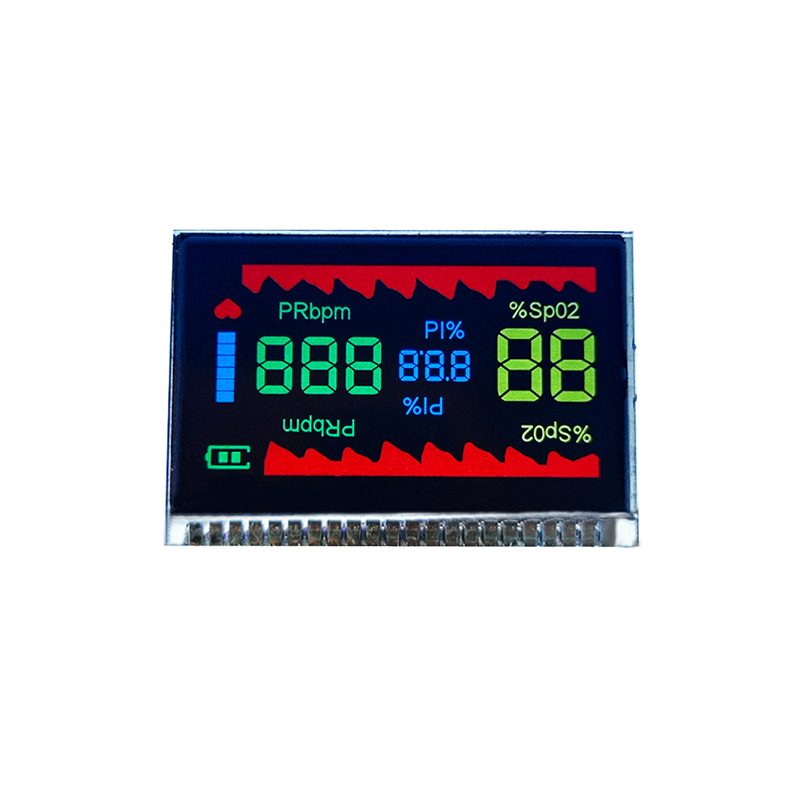
This guide provides a comprehensive overview of AMOLED products, helping you understand their key features, applications, and how to select the best option for your needs. We'll explore different types of AMOLED products, discuss their advantages and disadvantages, and offer practical advice for making informed purchasing decisions. Learn about the technology behind AMOLED displays and how they compare to other display technologies.
AMOLED (Active-Matrix Organic Light-Emitting Diode) technology represents a significant advancement in display technology. Unlike LCD screens which require a backlight, AMOLED pixels generate their own light. This results in superior contrast ratios, deeper blacks, and more vibrant colors. Each pixel is individually controlled, allowing for incredible accuracy and responsiveness. This technology is widely used in smartphones, smartwatches, and high-end televisions. For a deeper dive into the technology, you can explore resources like the official Samsung Display website (a major player in the AMOLED market) for more detailed information. Samsung Display provides in-depth technical specifications and information about the technology behind their AMOLED panels.
AMOLED displays are ubiquitous in modern smartphones. Their ability to produce incredibly rich colors and deep blacks makes them a favorite amongst manufacturers and consumers alike. Many leading brands, such as Samsung, Apple, and Google, utilize AMOLED technology in their flagship devices. The benefits include improved viewing angles, enhanced power efficiency (when displaying dark content), and a more immersive viewing experience.
The smaller form factor of smartwatches often benefits greatly from the power-efficient nature of AMOLED displays. The vibrant colors and sharp resolution enhance the user experience, making information easier to read and the interface more visually appealing. Look for features like always-on display functionality (although this can impact battery life) when selecting an AMOLED smartwatch.
High-end televisions increasingly incorporate AMOLED technology. The resulting picture quality is often praised for its exceptional contrast, brightness, and color accuracy. However, AMOLED televisions tend to be more expensive than their LCD counterparts. Consider factors like screen size, resolution, and HDR (High Dynamic Range) support when selecting an AMOLED TV.
When purchasing an AMOLED product, consider these key factors:
While AMOLED offers numerous advantages, it's important to consider other display technologies. LCDs, for instance, are generally more affordable but may lack the deep blacks and vibrant colors of AMOLED. OLED and QLED are also competing technologies with their own strengths and weaknesses. A comparison chart can help clarify the differences:
| Feature | AMOLED | LCD | OLED | QLED |
|---|---|---|---|---|
| Contrast Ratio | Infinite | 1000::1 | Infinite | High |
| Black Levels | True Black | Gray | True Black | Dark Gray |
| Power Consumption | Generally efficient | Moderate to high | Generally efficient | Moderate |
Remember to always research specific AMOLED product specifications before making a purchase. Consider reading reviews and comparing prices from different retailers. For high-quality AMOLED display solutions, you might explore options from reputable manufacturers. Companies like Dalian Eastern Display Co., Ltd. (https://www.ed-lcd.com/) are key players in the display industry.












